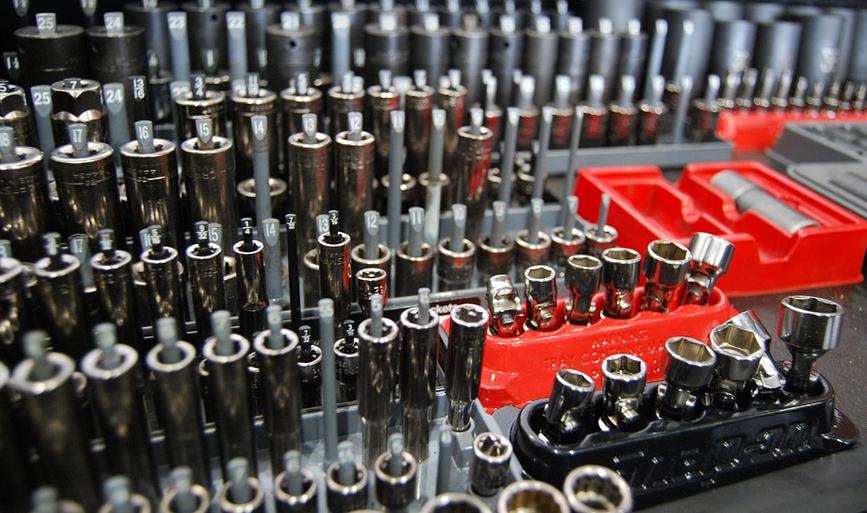
Sharpening Knives With Sandpaper: A Guide For 2025
From Dull to Shining: Mastering the Art of Knife Sharpening
Forget about dull knives, folks—it’s time to unlock their full potential. We all remember that satisfying ‘slice’ and how much more enjoyable it is when your blades are razor-sharp. But let’s face it, sometimes we get stuck with those dull slices that make us wonder if our kitchen heroes are just tired!
So, how do you bring back the sharpness and create a culinary symphony with each cut? The answer lies in sharpening your knives—and sandpaper is your trusty ally. This article will be your comprehensive guide for 2025, taking you through everything you need to know to sharpen those dull tools like a pro!
Before we dive into the nitty-gritty of sandpapers and techniques, let’s understand why this process is both crucial and rewarding. Imagine slicing tomatoes with ease, expertly creating delicate curls on fruits, and even effortlessly chopping through meat without struggling—that’s what sharpening unlocks!
But let me tell you, achieving this level of precision doesn’t just involve throwing some sandpaper at your knife. It requires a strategy that combines understanding the different types of papers, mastering the technique, and knowing when to switch between them.
Now, let’s break down this process into manageable steps. We’ll explore various tools and techniques for achieving razor-sharp results.
The Arsenal: Tools & Techniques
Just like any task requires a proper toolbox, sharpening your knives demands specific tools. Here’s a breakdown of the essentials:
**Sharpening Stones:** The foundation of your knife sharpening arsenal! These stones come in various grits—ranging from coarse to super-fine.
**Waterstones:** A wet stone is your best friend when it comes to achieving that razor-sharp edge.
**Ceramic Sharpening Tools:** These tools offer a faster, more efficient sharpening process, especially for stainless steel knives.
**Steel Wool:** Don’t disregard the power of this humble tool! It can be used to remove larger scratches and create a clean surface before moving on to stoning.
**Honing Steel:** A honing steel is your secret weapon for maintaining a smooth, consistent edge.
**Sharpening Guide or Angle Ruler:** A guide helps you maintain the correct angle during sharpening, making it easier to achieve that professional-grade cut.
Now, let’s delve into some common techniques:
Technique #1: The Classic 10° Pull
You can sharpen your knives by using a standard 10° angle. This technique involves pulling the knife toward you at this fixed angle while carefully working the edge of the knife with a sharpening stone.
**Steps:**
- Hold the knife securely in your hand, and use a sharpening guide to keep it aligned at a 10° angle.
- Slowly shave down the blade using even, controlled movements with the sharpening stone.
The key is to maintain a consistent pressure while ensuring the cutting edge stays sharp.
Technique #2: The Japanese Stone Method: A Step-by-Step Guide
This method is popular and effective for honing knives, especially those designed for precision cooking.
**Steps:**
- Choose a stone with a coarse grit (2000) and dip it into water.
- Hold the knife at a slight angle and gently drag it across the surface of the diamond-impregnated stone, following your desired angle.
- Move from coarse to very fine grits until you achieve razor sharpness.
Remember, patience is key—this process requires dedication!
Technique #3: Honing Steel Technique
The honing steel method enhances the knife’s edge by smoothing out imperfections and maintaining a consistent cutting edge. It’s like giving your knives a gentle massage of sorts.
**Steps:**
- Find a honing steel with a smooth surface, similar to the stone you use in your previous technique.
- Hold the steel at a slight angle and gently slide it along the blade’s edge, making small strokes.
Repeat this process until the knife feels smoother, sharper, and ready for your next culinary endeavor.
The Choice is Yours!
Choosing between these methods depends on your individual needs and preference. But no matter which method you choose, remember to practice consistently to master the art of sharpening.
Remember, it doesn’t have to be a complex endeavor. Sharpening with sandpaper for beginners is all about understanding the process and enjoying the satisfaction of creating those perfect cuts.
A Pro Tip: The Importance of Practice
Sharpening your knives isn’t just about getting things sharp; it’s about developing a skill that will enhance your cooking experience for years to come!
Practice makes perfect, so try these techniques and experiment until you feel confident. Remember, patience is key—don’t rush the process!
As you progress, you’ll discover a newfound mastery of knife sharpening with each passing moment.
Sharpening your knives goes beyond mere utility; it transforms your cooking experience from ordinary to extraordinary. The joy of a well-sharpened blade is immeasurable!
Happy cutting!